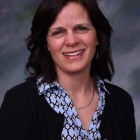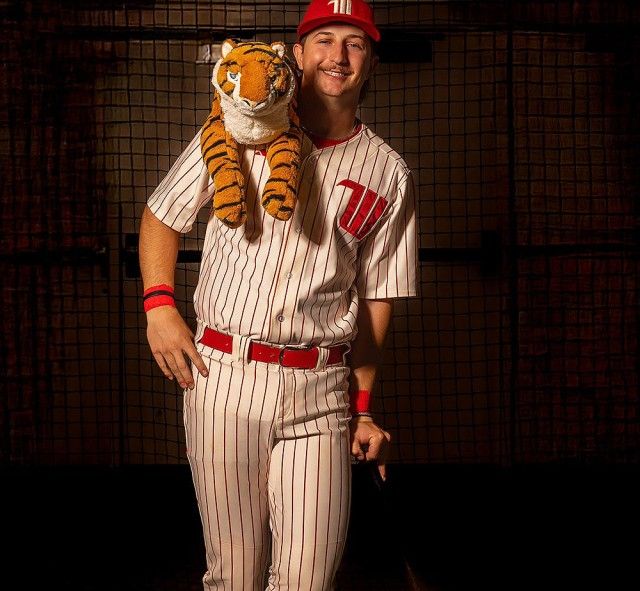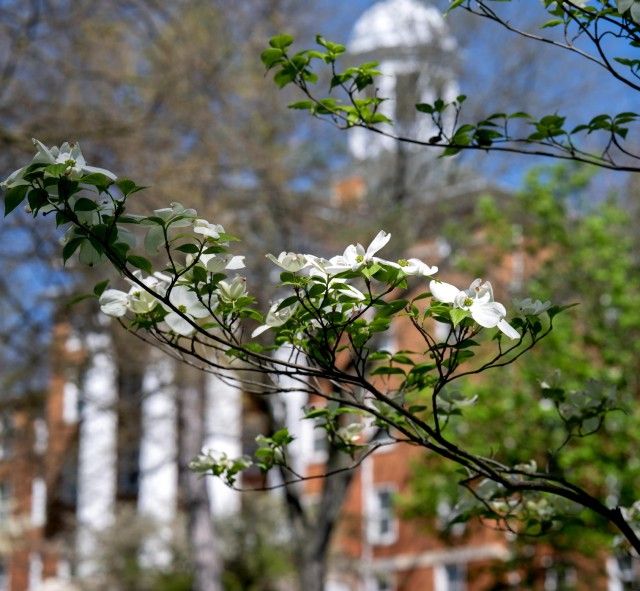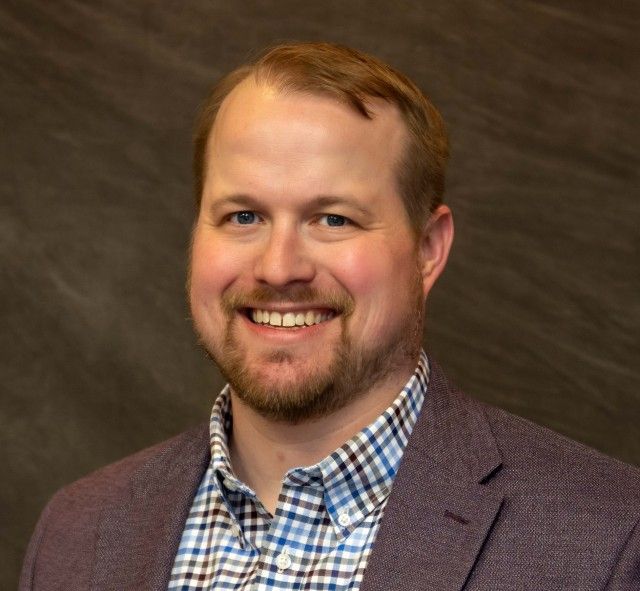Thanks to major grants totaling more than a $1 million from the National Science Foundation (NSF), Wittenberg physics faculty members Paul Voytas, Elizabeth George, 2014 Ohio Professor of the Year, and Jeremiah Williams are making new discoveries in their field and opening doors for undergraduate students to conduct world-class research in a manner that has only traditionally been available at large-scale, high-profile research institutions.
Voytas and George most recently received two grants totaling $255,000 in NSF funding. Of that, a $180,000 grant has supported new student-faculty research projects in subatomic physics and provided funding for students to accompany faculty to national professional meetings to present their results. Students have also worked with Voytas and George at the University of Wisconsin and Michigan State University, where some of the experiments are performed.
The second NSF grant through the Major Research Instrumentation Program (MRI) provided $75,000 to purchase a state-of-the art instrument for detecting gamma rays, which is important not only in basic physics research but also in medicine, astrophysics, and homeland security. Wittenberg students use the instrument in upper-level physics lab courses as well as in research.
Williams, associate professor of physics, has received NSF grants totaling nearly $975,000 to support his work with dusty plasma since 2009. An additional grant from NASA, part of a collaborative effort with Auburn University, brings his own research portfolio to more than $1 million.
"With these grants, and because of Wittenberg’s physics department’s commitment to hands-on learning, I am able to give students the opportunity to be involved in cutting-edge research that they might otherwise have to wait until graduate school, if that, to experience,” Williams said.
The extensive funding has also allowed him to support a broad range of research activities in his lab and provides funds to support research training opportunities for Wittenberg students, travel, equipment needed in the day-to-day operations of the lab, and a highly sophisticated suite of instrumentation.
Additionally, the grants are supporting “the training of several highly talented undergraduate students, providing them with more comprehensive research skills training than at comparable experiences at larger institutions; experience with state-of-the-art software and an array of experimental techniques; and a variety of practical problem-solving skills as part of their educational experience,” Williams explained.
According to Williams, it is also unusual for students to be exposed to plasma physics at the undergraduate level, but he uses plasma physics in his classroom, “as a way to introduce a wide variety of physical principles,” since this sub-field draws upon all areas of classical physics.
Dusty plasmas are a plasma, a unique state of matter that makes up most of the visible universe, that contains small bits particulate matter (dust). Plasmas are found in or used in the manufacturing of hundreds of everyday products, including lighting, tools, clothing, the manufacturing of electronic devices, water treatment, and sterilization procedures used in the medical fields. Williams’ research is focused on understanding how energy is transported in a dusty plasma system, as well as the nonlinear properties of these systems.
Using small, table-top experiments, students create a plasma, inject dust into the system, illuminate the dust and then capture the motion of the dust particles. By examining the motion of the dust, they can gain insight into the underlying physics that describes the behavior of the dust.
Voytas, professor of physics, and George, professor of physics and department chair, are investigating the weak interaction, one of the four fundamental forces of nature that also include gravity, electromagnetism, and the strong nuclear force.
“Studying the weak interaction is important for understanding how these four forces are related to each other and may lead to new discoveries,” George said. “The experiments we're doing involve making careful measurements of a type of radioactive decay called beta decay, which is caused by the weak interaction.”
In fact, the pair has just finished writing a research paper with their collaborators at Michigan State that reports an unexpected finding about the radioactive decay of one of the nuclei they have been studying.
“We’re making good progress on analyzing data, constructing equipment, and building computer models for other experiments,” Voytas said.
The precise experimental work involves applying concepts from many areas of physics to the design of equipment and the interpretation of results. Voytas and George have gained a deeper understanding of the applications and interconnections of different areas of physics, and this knowledge informs their classroom teaching and provides contemporary, exciting examples to share with students.
Funding from the grants allowed two recent physics graduates to develop independent projects of their own, which they were then able to see through from beginning to end.
Xavier Davenport, class of 2018 from Richwood, Ohio, spent two summers researching the beta decay of a carbon isotope.
“This research allowed me to see what a day in the life of a working research physicist is like, and that is something that only improved my Wittenberg experience,” said Davenport, who graduated with majors in physics, music and Chinese. He will soon begin a master’s program in electrophysics at National Chiao Tung University in Taiwan, where he plans to study quantum computing.
“The experience students gain in designing, carrying out, and presenting a meaningful research project gives them an advantage in graduate admissions, and prepares them well for graduate work,” George said. “Students report that collaborating with us and our colleagues on the activities enabled by the grant also helps them to see themselves as part of the larger physics community, inspiring as well as facilitating their development as physicists.”
Because of such opportunities, Wittenberg physics students often pursue graduate school in physics or a related area such as astronomy or engineering, with all of them receiving full financial aid, usually in the form of a research or teaching assistantship. Recently, students have been accepted into programs at The Ohio State University, University of Wisconsin, University of Maryland, University of Michigan and University of Arizona.
Those who have sought employment opportunities upon graduation are successfully working in fields as diverse as aerospace instrumentation, automotive engineering, renewable energy, high school teaching, technical writing and patent law.










